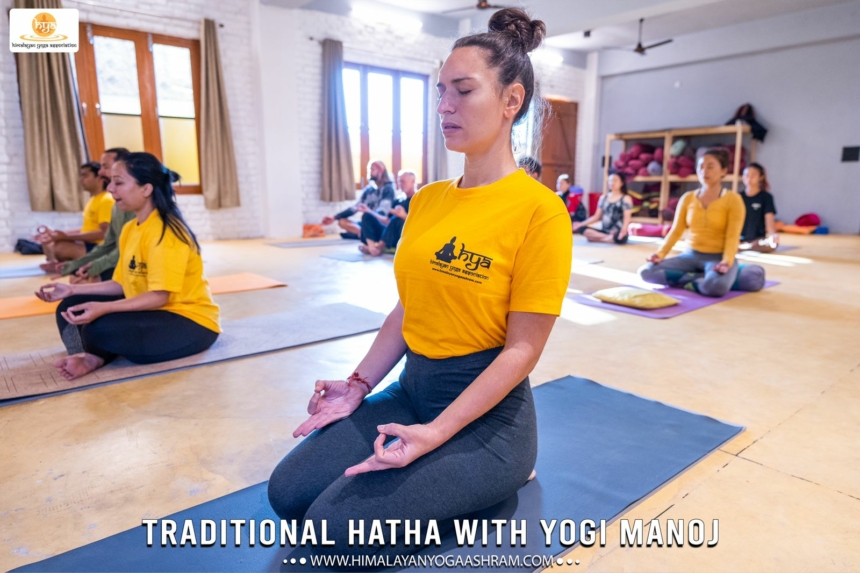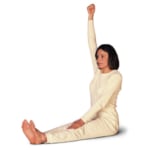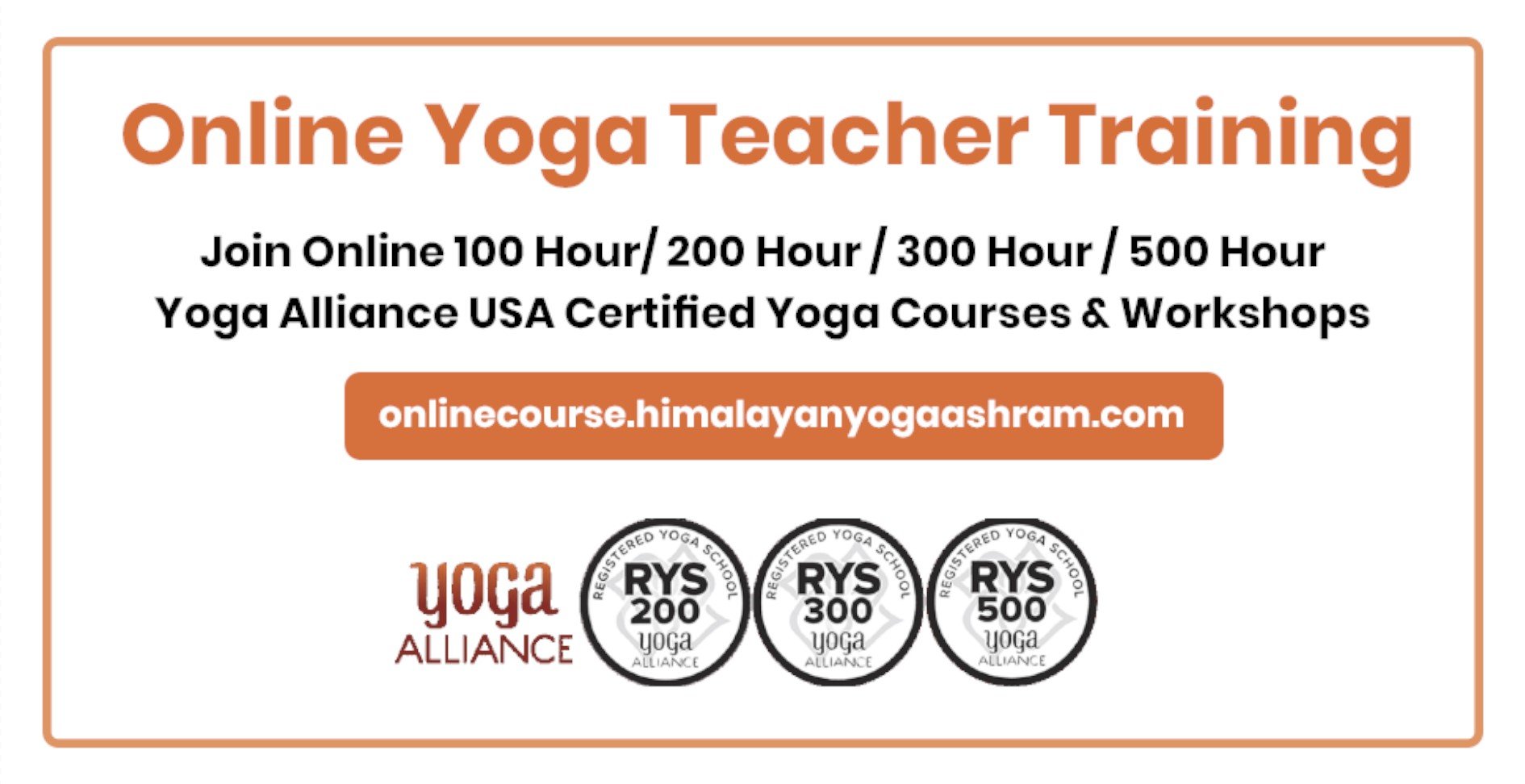Yoga Asanas to Improve flexibility
By Himanshu JoshiYogaflexibility, yoga asanaPaschimottanasana (Seated Forward Bend)
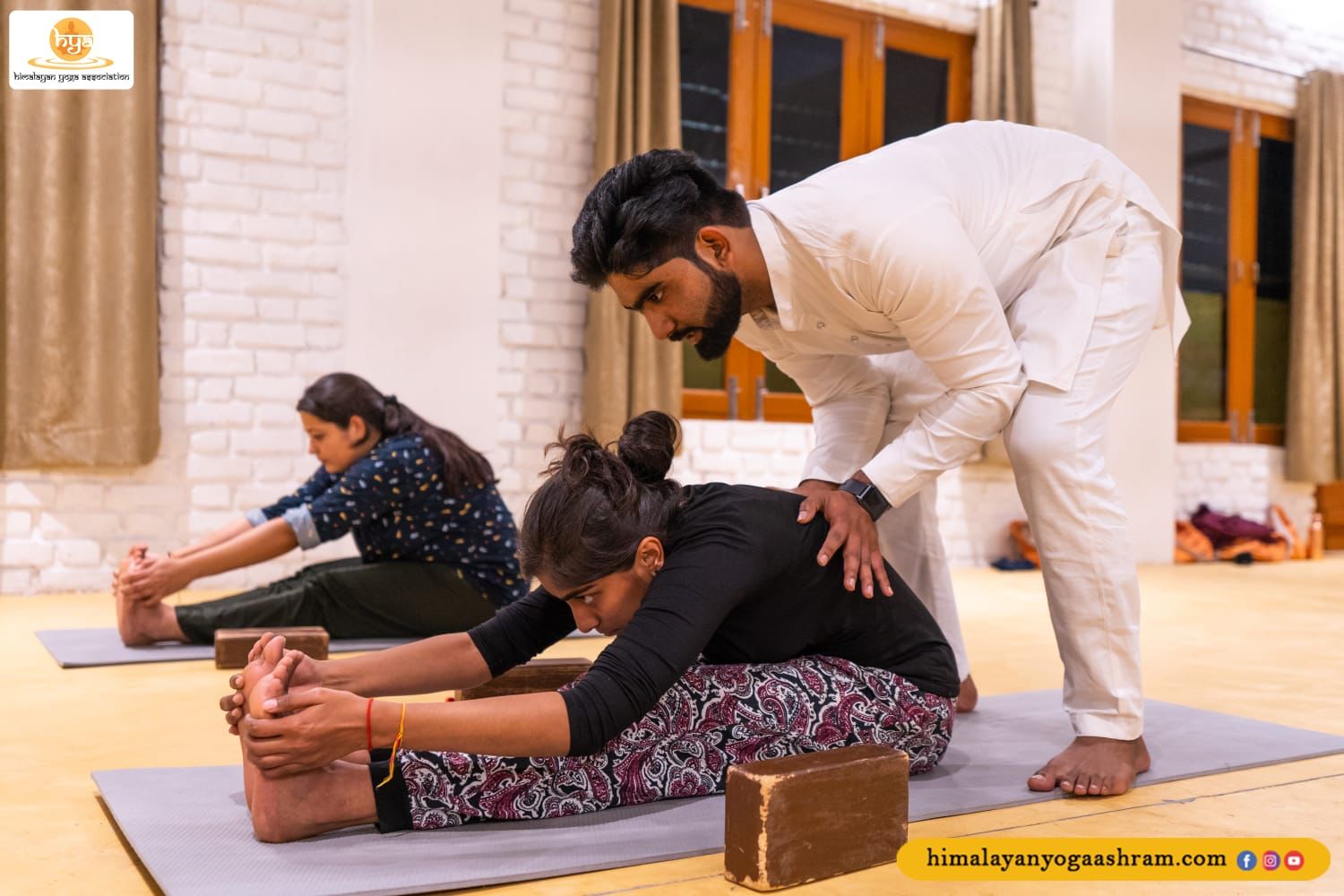
The word Paschimottanasana is made with three Sanskrit words – paschim (west or back of the body), uttana (intense stretch) and asana (pose). Easy to perform, this asana has many benefits for both mind and body. While it helps cut the fat from your abdominal area it also aids in relieving stress and normalising high blood pressure.
Steps to do Paschimottanasana
– Sit and extend both your legs forward with the toes inwards.
– Keep your back straight.
– Inhale and raise your arms up and bring the hands in line with the ears.
– Now bring your upper body forward slowly.
– Rest both your elbows to the ground and hold toes of your legs. Alternatively you can wrap your arms around your feet and put your head down.
– While raising your arms back up, inhale and make sure they are in line with your ears.
– Extend the spine upwards. Exhale and bring both the arms down.
Adho mukha svanasana (Downward facing dog pose)
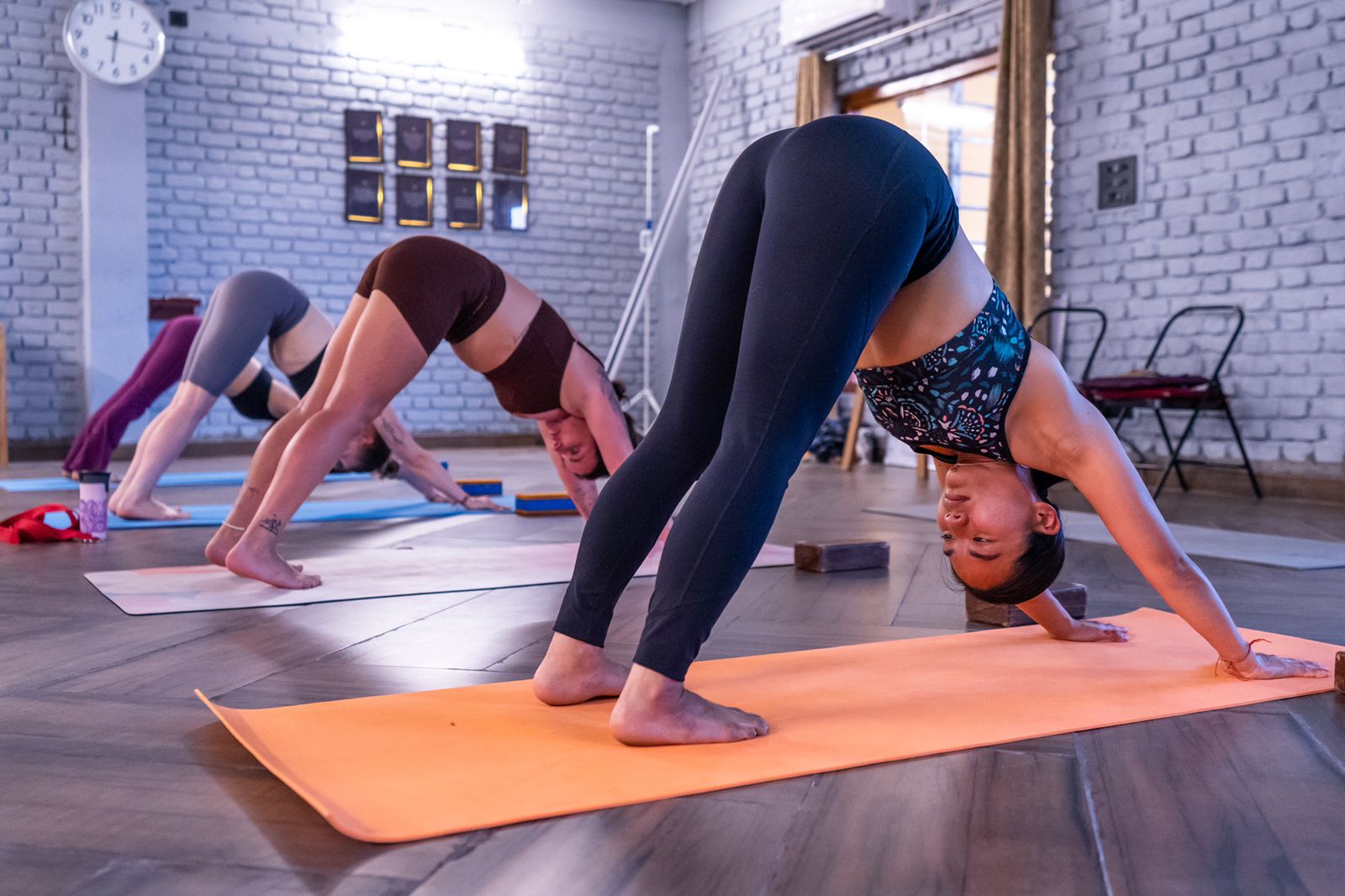
Adho mukha svanasana is made with four words – adhas (down), mukha (face), svana (dog) and asana (pose). A powerful yoga pose that releases stress from your spine and shoulder, it also improves heart function. The asana is very good for improving flexibility. It strengthens your bone, muscles and improves flexibility. Adho mukha svanasana also improves blood flow to the brain.
Steps to perform Adho mukha svanasana
– Lie down on your belly
– Place your palms closer to your chest and keep your legs together
– Lift your upper body up while your knees are still placed on the floor, then slowly rise up
– Your head is downwards while your back is arched up
– Your palms must be placed on the floor with fingers separated
– Your heels should touch the floor completely
– As your lower back and hips go up, your abdomen contracts
– Take few deep breaths and release the asana
– Do it a couple of times
Halasana (Plough pose)
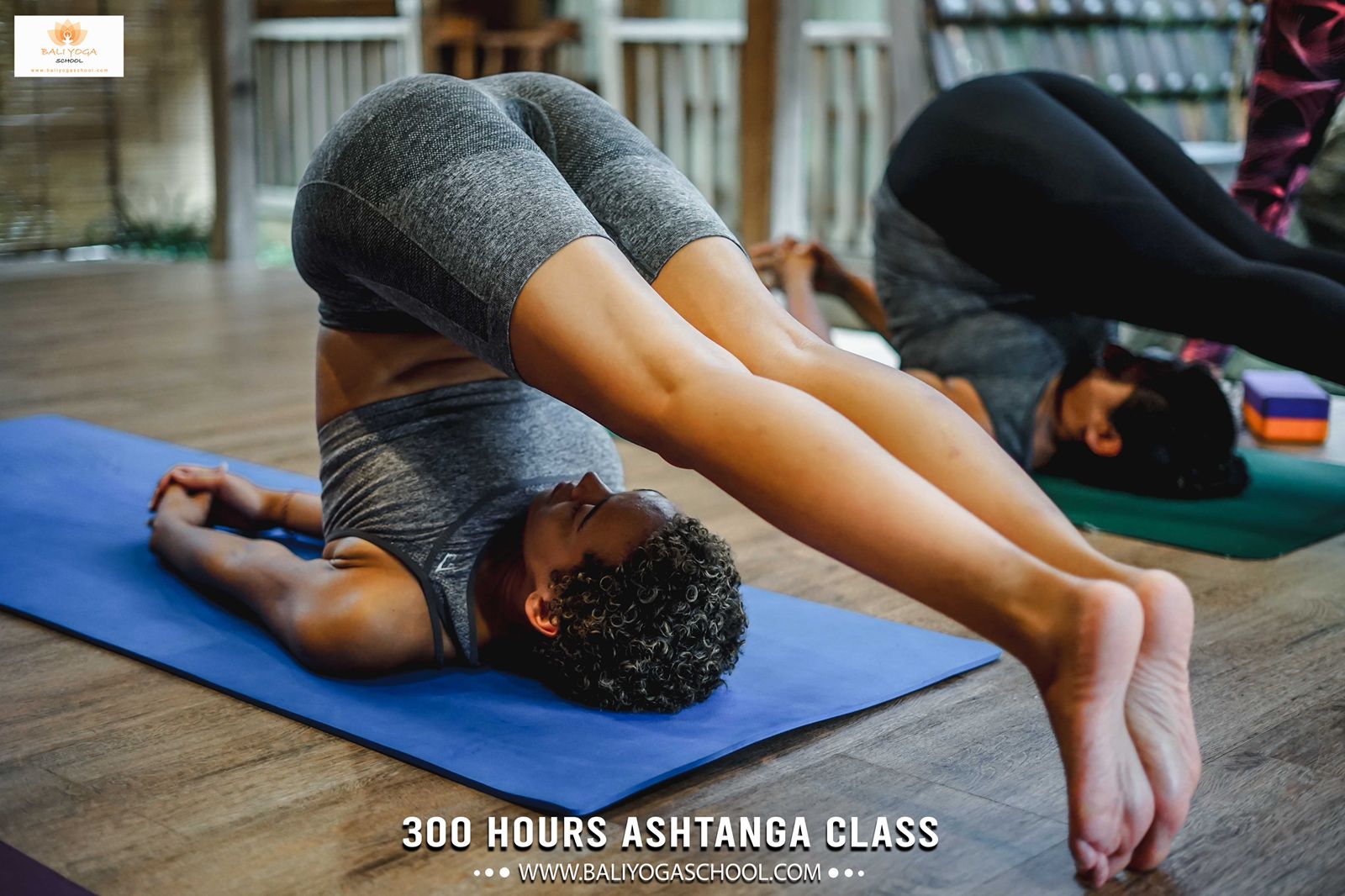
Halasana or half plough pose is excellent to regulate chronic diseases including blood pressure. The word Halasana is made up of ‘hal’ (plough) and ‘asana’ (pose). The asana eases migraine pain, improves blood circulation and brings down stress. This is also recommended to cut belly fat. In addition to this, it helps improve bowel function and stimulates abdominal organs.
Steps to perform Halasana
– Lie down on your back
– Join both your legs together keep your hands on the sides
– Now slowly raise your legs up and over the head until your toes touches the floor above and beyons your head as you keep your legs straight.
– Bind the fingers on the floor and make a fist or keep them on the sides.
– Stay in this position for a while and come out of the pose slowly.
– Repeat and do it for a couple of times.
Vajrasana
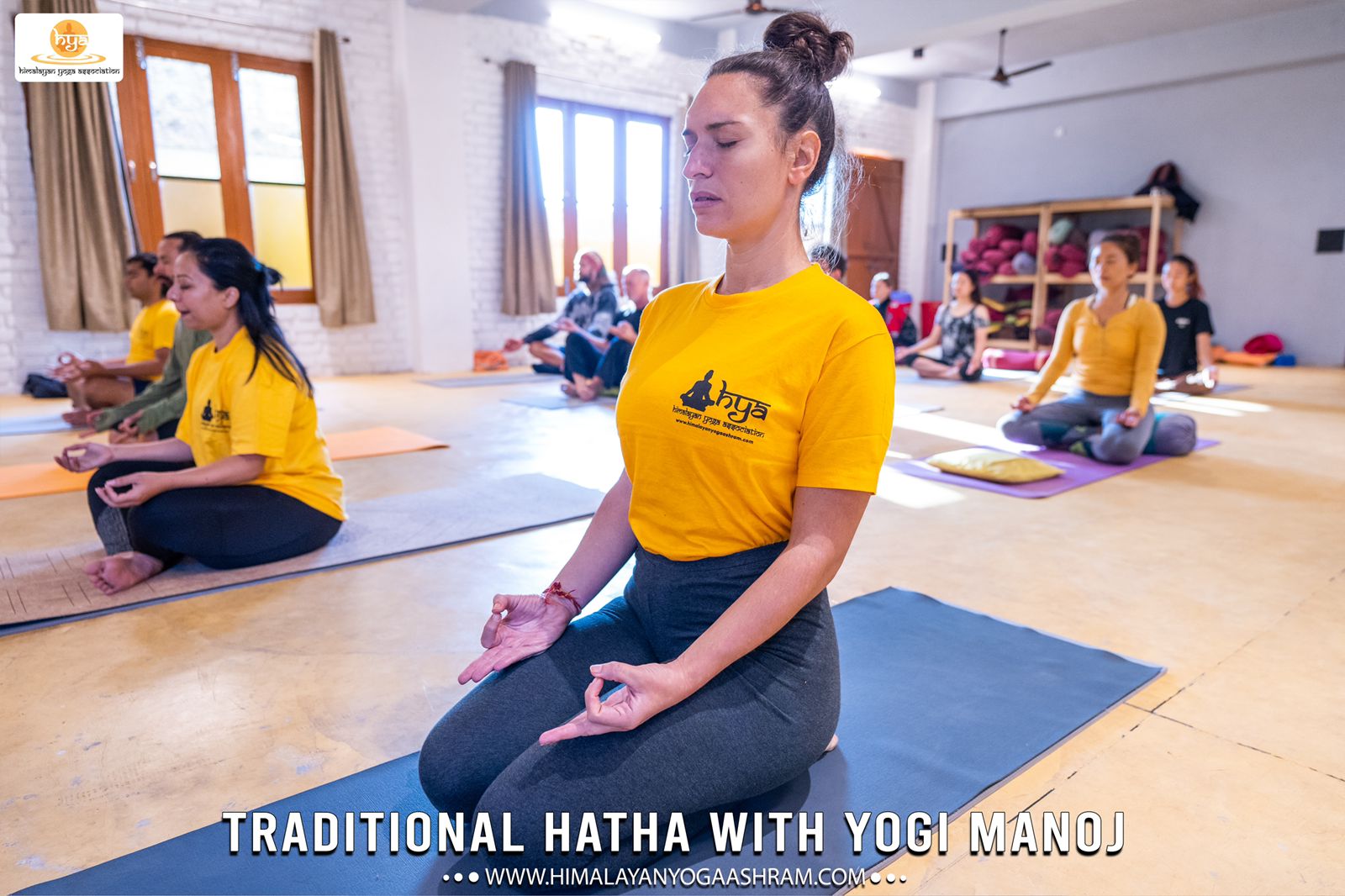
Vajrasana is one of the simple Asanas and any beginner can do it. The Asana has been found very beneficial in case of digestive issues as it improves bowel movement. It relieves from acidity and helps body absorb the nutrients from the food. Vajrasana helps improve blood circulation, relieves from back pain and strengthens pelvic muscles. It considerably enhances the flexibility of thigh and various muscles around hip, leg, knee and ankle. Vajrasana is highly recommended for those susceptible to diabetes as it stimulates the abdominal organs and helps the body produce insulin. It also calms the mind and enhances focus.
Steps to perform Vajraasna
– From the standing posture, gently place both knees on the floor.
– Untuck and point your toes back and make sure the sole of the feet are facing upwards, and big toes are touching each other.
– Slowly sit back on your legs. Your buttocks will be on the heels and thighs on the calves.
– Keep your back and neck straight and tall, rest your palms on your thighs with your arms relaxed, and breaths in and out slowly.
– Stay in this position as much as comfortable.
Surya Namaskar (Sun salutation)
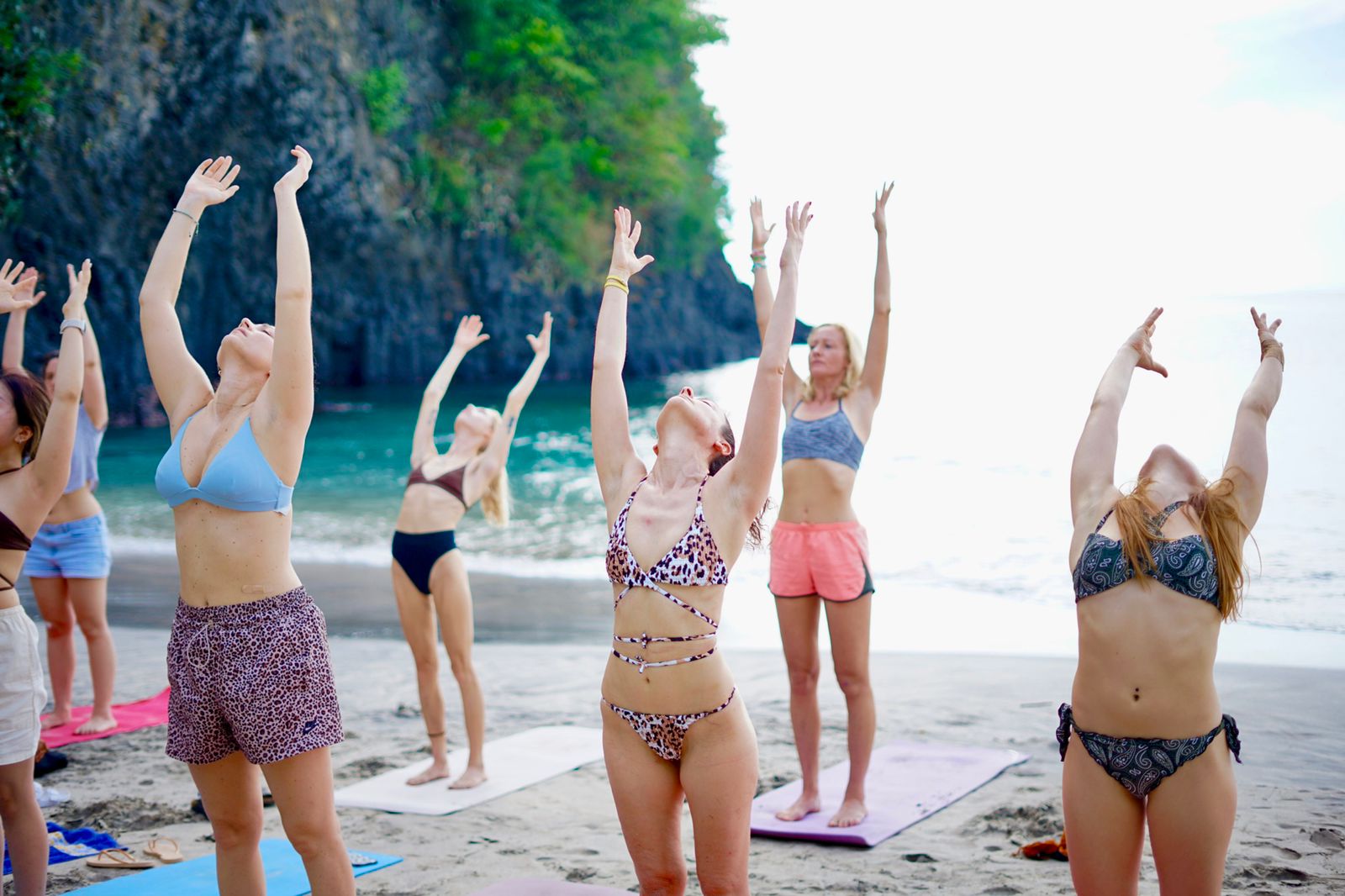
Get a total stretch of your whole body! Also known as Sun Salutation, Surya Namaskar is a combination of seven different yogic postures and is done in a 12-step pattern. The asana is considered great for the body and brilliant for mind. The best time to practice Surya Namaskar is dawn and if done in the correct sequence, it can help improve heart health and boost immunity, preventing from infections and diseases. The combination of movements and breathing techniques can help improve circulation and oxygenate the body.
Other benefits of Surya Namaskar include weight loss, better muscle and joint health, sound sleep, improved menstrual health, better digestion. It is also a very good asana for people with diabetes as it helps improve blood sugar control. Additionally, Surya Namaskar is also effective in cutting belly fat and toning muscles. However, people who have weak muscles or weak bones should avoid doing this asana or do it only on advice of a health expert. People who have back pain should not do this asana. Bollywood actors like Kareena Kapoor, Jacqueline Fernandez and Shilpa Shetty include Surya Namaskar in their fitness routine and reap great benefits from it.

